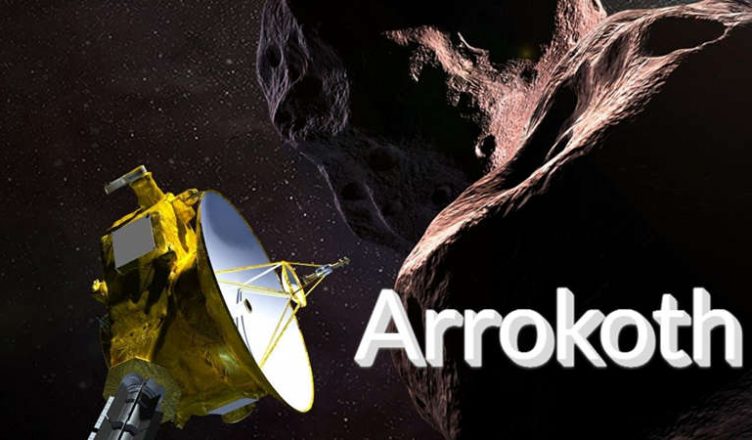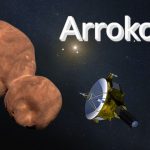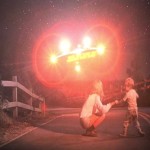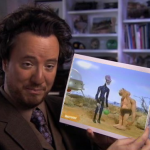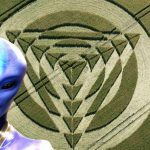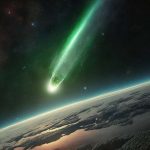In the vast expanse of our solar system, there exists a remote and enigmatic object known as Arrokoth, which has captured the curiosity of astronomers and space enthusiasts alike. Arrokoth, formerly designated 2014 MU69, is not just any celestial body; it holds the distinction of being one of the most ancient and primitive objects ever explored by a human spacecraft. In this exploration, we delve into seven captivating facts about Arrokoth that shed light on its origins, unique characteristics, and the remarkable journey taken by NASA’s New Horizons mission to uncover its mysteries. From its distant location in the Kuiper Belt to its intriguing name inspired by the beauty of the night sky, Arrokoth’s story is a testament to the wonders that await us beyond the confines of Earth. Let’s embark on a journey of discovery as we uncover the secrets of this distant celestial traveler. Below are 8 Fascinating Facts about Arrokoth:
1. Discovery: Arrokoth, previously named 2014 MU69, is referred to by astronomers as a primitive contact binary, an ancient object made up of two bodies stuck together. It is also the farthest object in the solar system ever visited by a human spacecraft, discovered by the New Horizons probe in January 2019. On May 17, 2019, a composite image of Arrokoth was featured on the cover of the journal “Science.” The colors in this image closely resemble what the human eye would see.
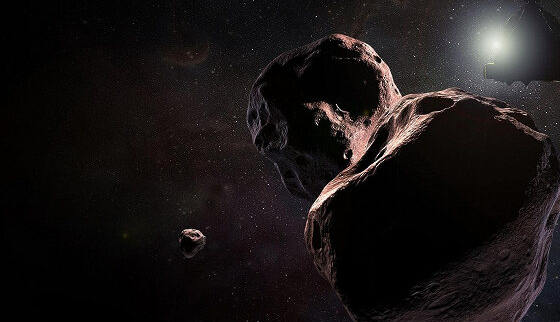
2. Ancient Object: In 2019, thanks to NASA’s New Horizons mission, we saw images of 2014 MU69, a small object located 4.1 billion miles (6.6 billion kilometers) from the Sun. It is the farthest object ever visited by a spacecraft to date. The nicknames “Snowman,” “Bowling Pin,” and “Peanut” are some of the impressions it left on the public. What we are seeing is one of the oldest and most primitive objects in the solar system.
At its closest approach of 2,200 miles (3,500 kilometers), New Horizons spent only a few minutes flying past the object, but these minutes were invaluable as they recorded a wealth of information. Downloading this data from the spacecraft took several months due to the great distance from Earth and slow data transmission speeds.
3. Science Magazine: The mission team has published a series of articles in the journal “Science,” detailing the information gleaned from meticulously planned and executed minutes of observation. Its shape has remained unchanged, and now we understand why it has this shape. These explanations will help us better understand one of the most primitive objects in the solar system.
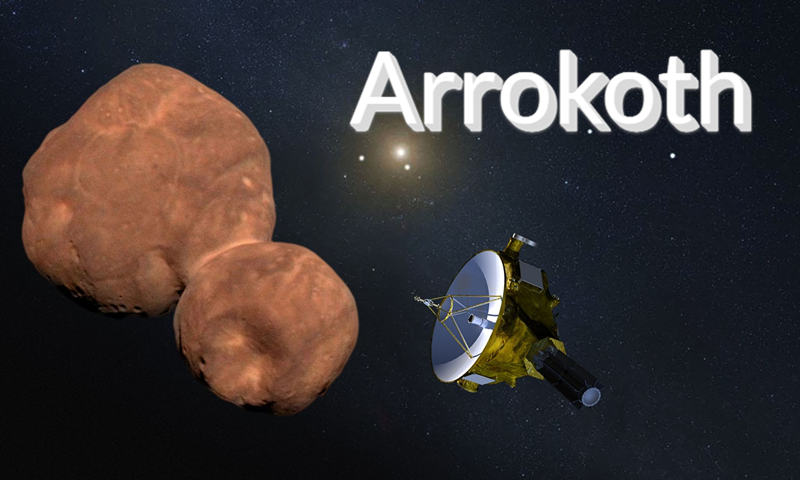
This object resides in the Kuiper Belt, a region where “Kuiper Belt Objects” form a band of small celestial bodies extending beyond the orbit of Neptune. They are remnants of the cold, rocky material left over from the formation of the solar system. The featured object, in particular, is a slightly reddish, dark body. Its bilobate appearance resembles that of Comet 67P/Churyumov-Gerasimenko, the target of the highly successful European Space Agency’s Rosetta mission.
4. Naming: Its official designation is still 2014 MU69, but like other significant astronomical objects, it has been given a more memorable label. After months of exploration, 2014 MU69 was informally named “Ultima Thule,” meaning a distant place, signifying its remoteness both in the past and present. However, this nickname sparked controversy due to its association with Nazism, as “Thule” is considered in far-right mythology to be the original home of the “Aryan race.” The New Horizons team also sought a more concrete name. In November 2019, the International Astronomical Union (the organization responsible for naming celestial objects) officially named 2014 MU69 “Arrokoth,” meaning “sky.”
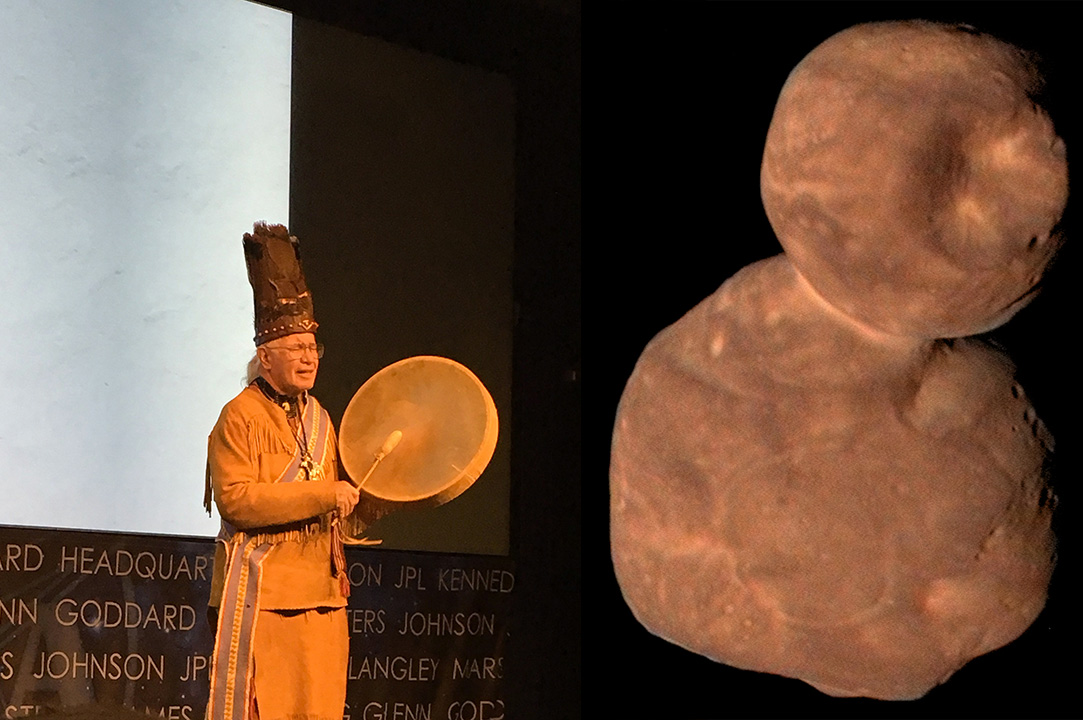
Why Arrokoth? The beauty of the night sky has inspired generations of poets and songwriters; it serves as a backdrop for myths and legends and is a panorama to “freely view” the celestial visual feast beyond us. The sky is undoubtedly vast, and that’s one of the reasons why the New Horizons team looked to the sky for inspiration when naming their latest discovery. Arrokoth is a native American term, meaning “sky,” as explained by Alan Stern, the principal investigator of the New Horizons mission: ‘Arrokoth’ reflects the inspiration gained from gazing at the sky and imagining planets and worlds beyond our own.
5. Contact Binary: Arrokoth appears as shown to us. Described as a contact binary, it indicates that it is composed of two bodies joined together. We’ve known this since the flyby. Now, with high-resolution images, we can see that Arrokoth’s surface is relatively smooth, with hardly any impact craters. However, one of the most important aspects is how the two bodies are joined: the neck region where they connect is well-defined and smooth, showing no signs of any fractures. This is significant because if the two bodies had collided forcefully or if they were fragments from a larger body, there would be evidence of breakage.
This means that the two bodies have been gravitationally bound together, slowly rotating, and then coming together at a rate of a few meters per second. During the collision, there was enough gas to buffer the rotation speed and assist in the movement of the objects, resulting in a gentle collision. While these fragments are considered independent objects rather than an aggregation of smaller material, they still reflect changing terrain in terms of color, slope, and smoothness. There isn’t enough information to determine if these materials have different mineral properties, but the data shows that even subtle color variations can be distinguished.
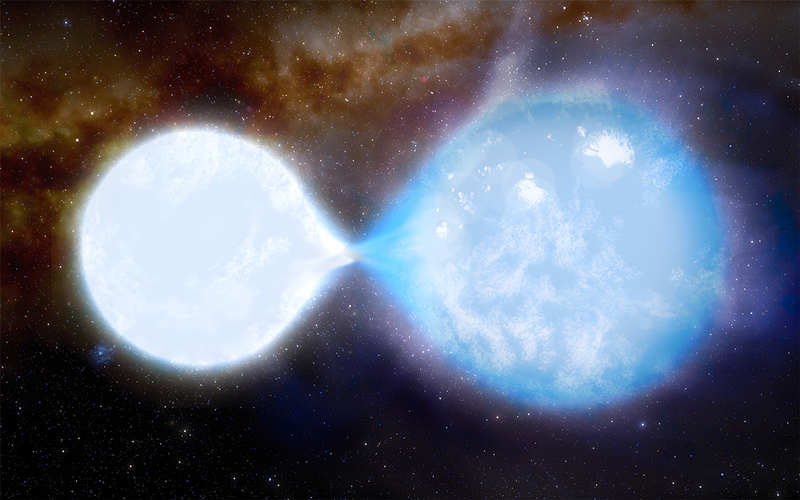
6. Organic Material and Life: Arrokoth’s surface is covered in ice and complex organic materials. These organic materials likely originated directly from the material in the primordial cloud during the formation of the Sun, mixing with the radiation-processed complex organics that reflect off the ground. Whether there is water and ammonia ice is still uncertain, but they might exist beneath the dust and organic material layers. However, the temperatures in the Kuiper Belt are extremely low, making it highly unlikely for Arrokoth to host any form of life. Both of Arrokoth’s bodies formed from the agglomeration of dust in the primordial cloud, making it one of the first-generation inhabitants of the solar system that has remained relatively undisturbed for the past 4.567 billion years.
7. New Horizons: The New Horizons mission has strong ties to the state of Maryland and the Chesapeake Bay region. This mission is managed by the Johns Hopkins University Applied Physics Laboratory in Laurel, Maryland. Members of the New Horizons team were also involved in the discovery of Arrokoth using the Hubble Space Telescope, operated by the Space Telescope Science Institute in Baltimore. Additionally, scientists heavily relied on observations from the Hubble Telescope to plan the flyby of Arrokoth and Pluto.
In July 2015, the primary mission of New Horizons was to fly past Pluto. It was only later, after an extension of the mission, that the flyby of Arrokoth became a focus. This flyby occurred when New Horizons was approximately 4 billion miles away from Earth. On January 1, 2019, the New Horizons probe made a close flyby of the enigmatic Kuiper Belt object Arrokoth, subsequently transmitting the highest-resolution images to date. These new images provided approximately four times the clarity of previous ones, with a spatial resolution of about 110 feet per pixel.
8. Arrokoth’s Mountain Discovery During New Horizons Flyby:
In 2019, NASA’s New Horizons spacecraft conducted a close flyby of Arrokoth. Dr. Alan Stern and his co-authors identified 12 similar mountains in the larger Arrokoth-Venus area from this data, which share similarities in shape, size, color, and reflectivity. Scientists also identified three mountains in a smaller region called Veeyo.
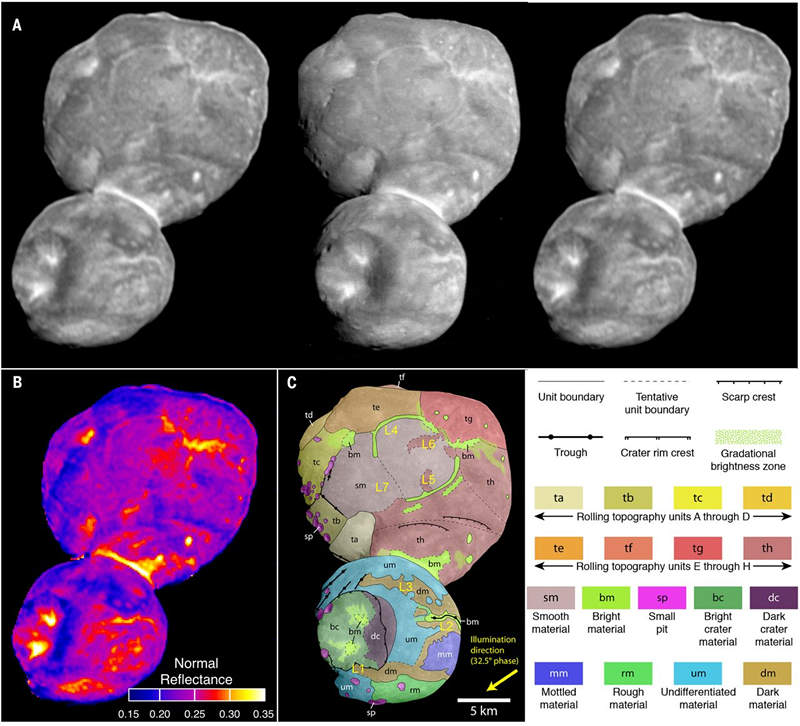
“It is astonishing to see that this object is so well preserved, and its shape clearly reveals how it was formed from the combination of these similar blocks. Arrokoth is almost like a raspberry, composed of smaller parts,” said Dr. Will Grundy of Lowell Observatory, one of the New Horizons mission scientists. The geological features of Arrokoth are consistent with a model of planetesimal formation, where objects gently accumulated and formed Arrokoth due to collision speeds of just a few miles per hour.
END:
In the future, Arrokoth will continue to garner significant attention and exploration within the scientific community. The information it has already provided has altered our understanding of some of the oldest and most primitive objects within our solar system, but this is just the beginning. Scientists will delve deeper into the data collected by the New Horizons mission, working to unravel more mysteries about Arrokoth, including its formation process, evolutionary history, and composition.
Furthermore, Arrokoth’s exploration has paved the way for future space missions, potentially leading to more spacecraft visiting the Kuiper Belt and other distant celestial bodies, expanding our knowledge and horizons. This ancient binary object will continue to inspire scientists, poets, and dreamers alike, serving as a symbol of our boundless curiosity and spirit of exploration of the cosmos.
The future research on Arrokoth will not only be about astronomy but also touch upon fundamental questions about the universe and the origins of life. This celestial body will provide us with deeper insights and continue to motivate us to explore the wonders of space. As time progresses, Arrokoth will remain a guiding star for scientists and space explorers, opening up new frontiers in humanity’s journey of space exploration.
More UFOs and mysterious files, please check out our YouTube channel: MysFiles
